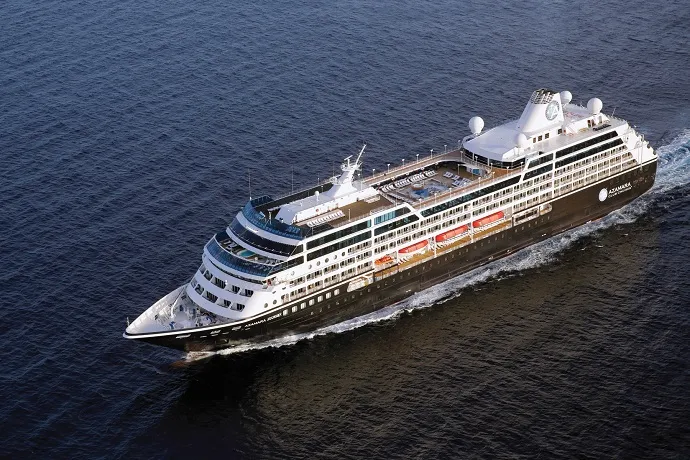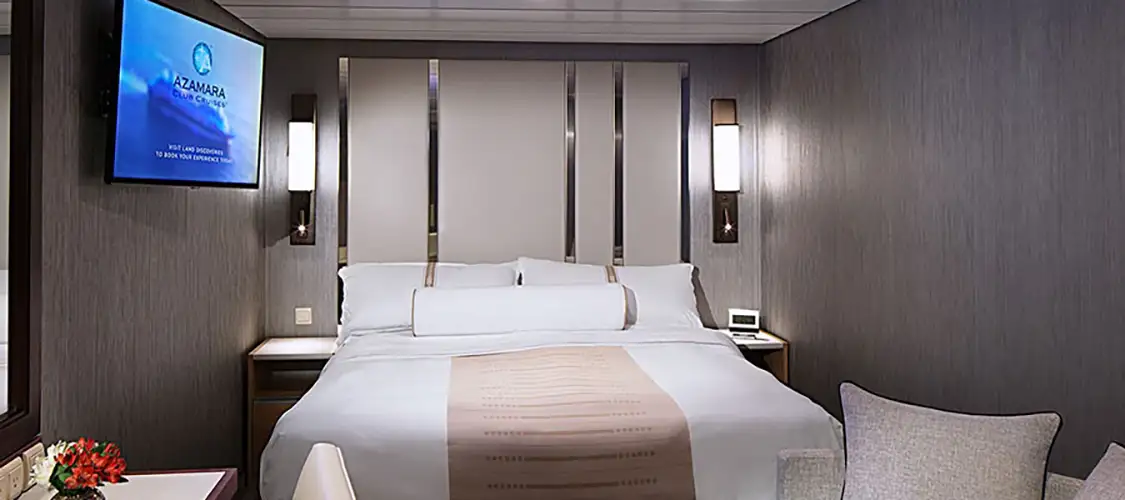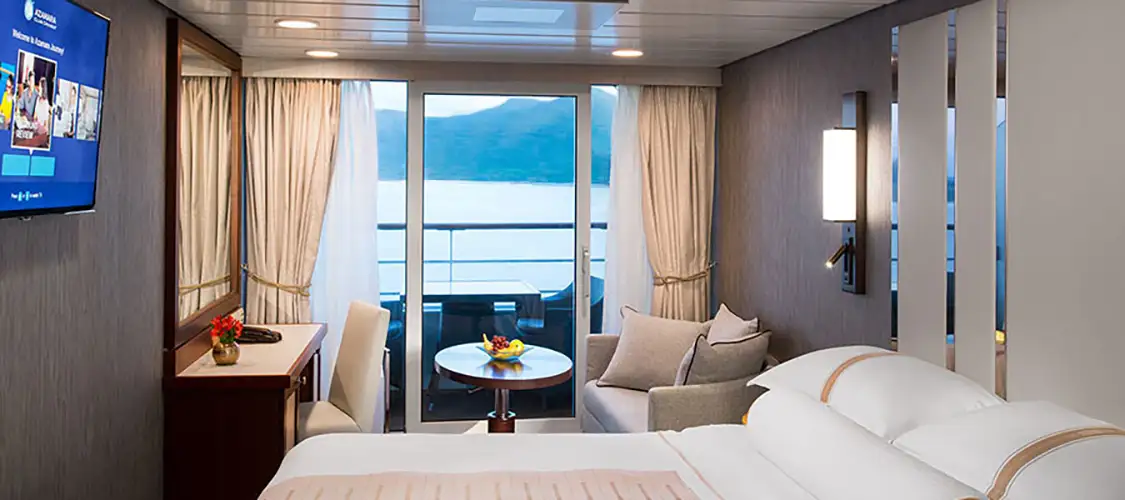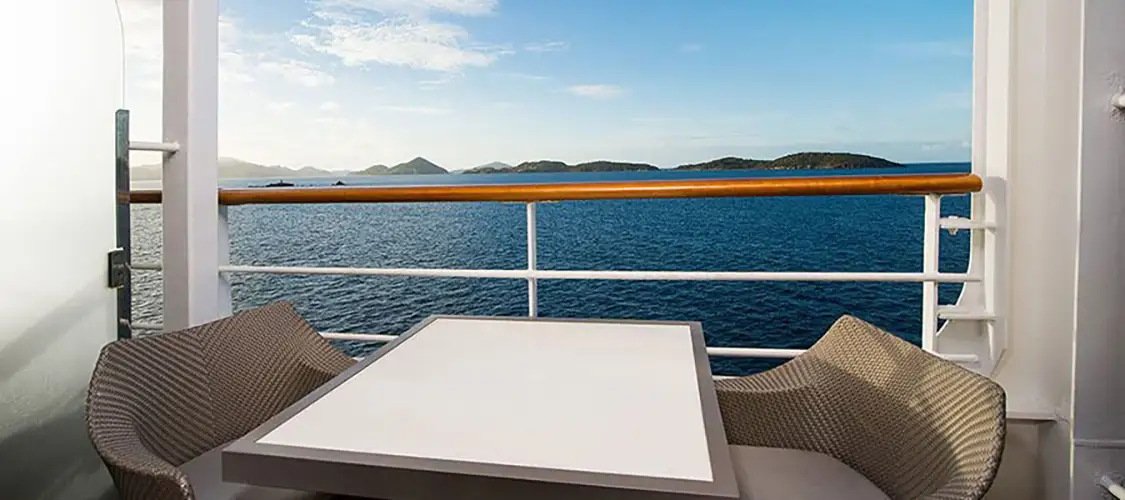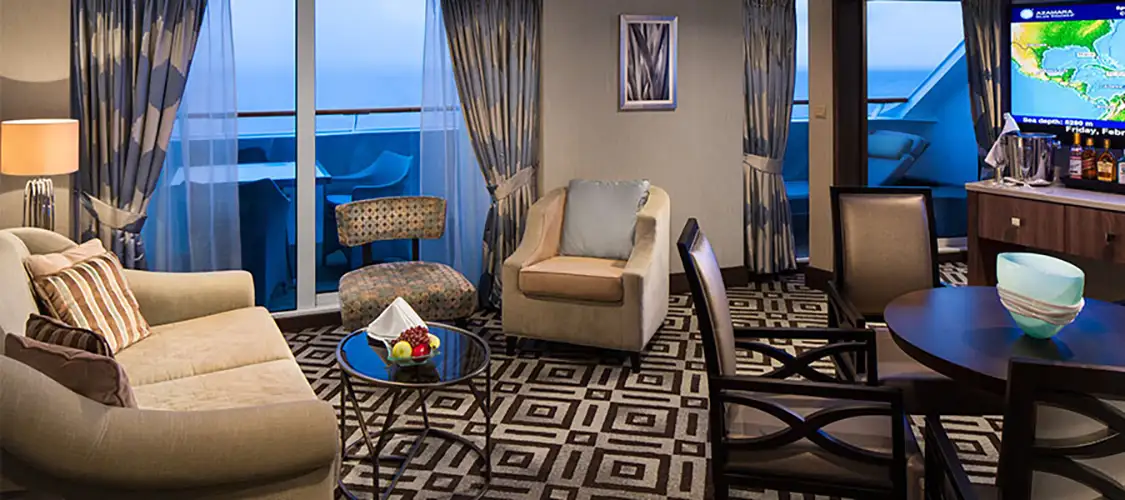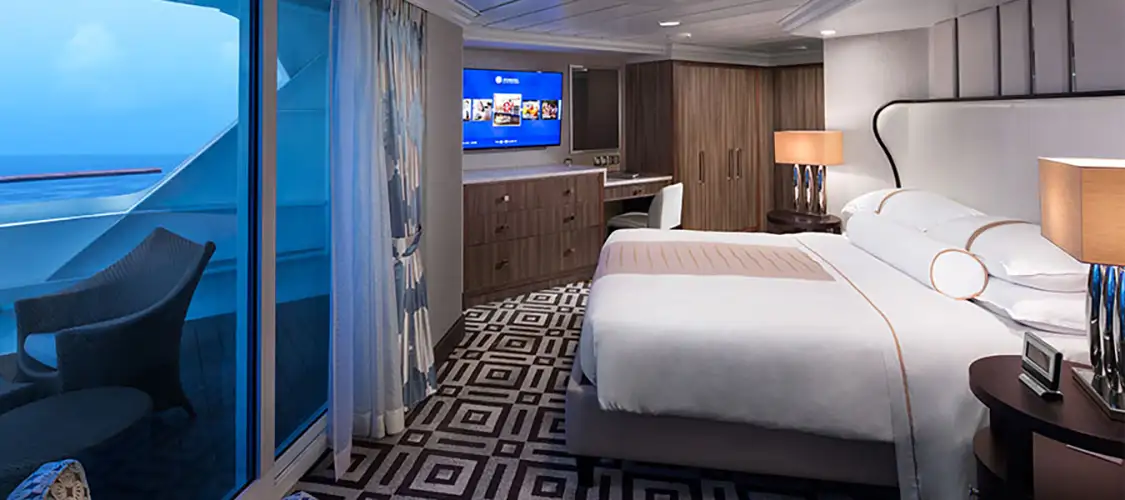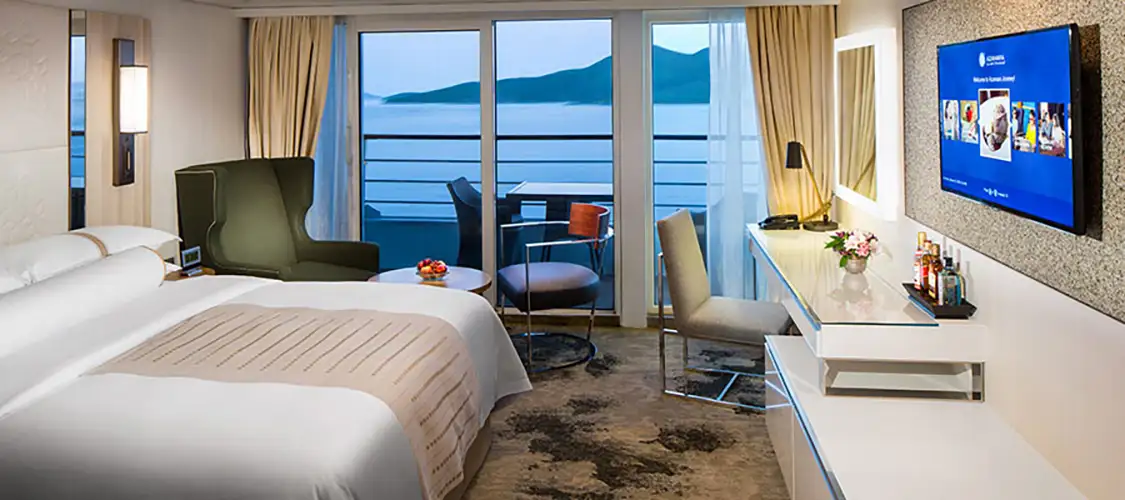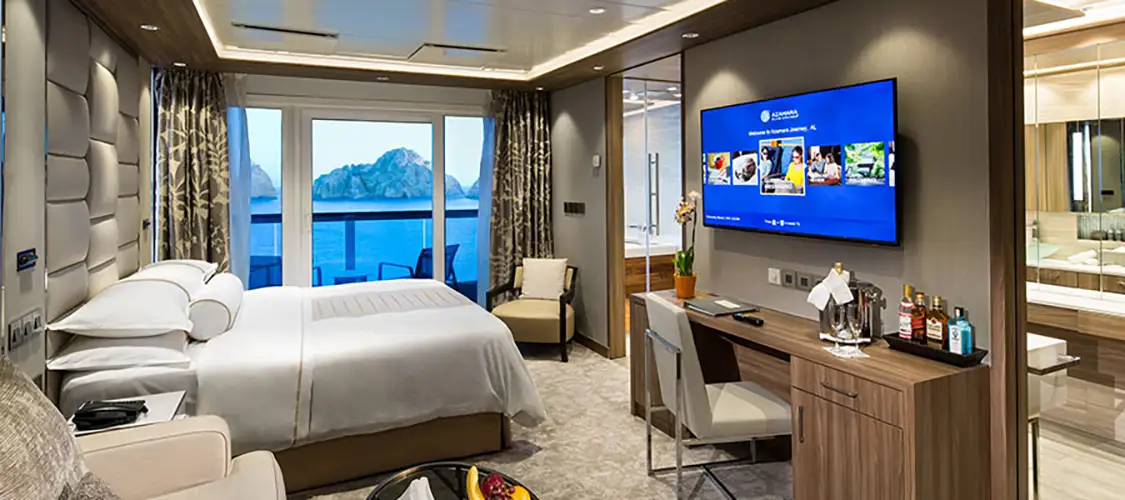Azamara Mediterranean: 14 nights from Athens with Azamara Onward
08 May 2025
Greece, Italy, Slovenia, Croatia, Montenegro
Cruise itinerary
Departure Port: Athens ➞
Landing: Civitavecchia
-
Thursday, 08 May 2025 - 10:00Athens
-
Friday, 09 May 2025 08:00 - 06:00Syros
-
Saturday, 10 May 2025 08:00 - 10:00Santorini
-
Sunday, 11 May 2025 08:00 - 05:00Monemvasia
-
Monday, 12 May 2025 08:00 - 06:00Argostoli
-
Tuesday, 13 May 2025 -- --Navigation
-
Wednesday, 14 May 2025 08:00 - not foundChioggia
-
Thursday, 15 May 2025 not found - 10:00Chioggia
-
Friday, 16 May 2025 07:00 - 05:00Koper
-
Saturday, 17 May 2025 08:00 - 09:00Split
-
Sunday, 18 May 2025 08:00 - 10:00Dubrovnik
-
Monday, 19 May 2025 09:30 - 06:00Kotor
-
Tuesday, 20 May 2025 -- --Navigation
-
Wednesday, 21 May 2025 08:00 - 06:00Sorrento
-
Thursday, 22 May 2025 06:00Civitavecchia
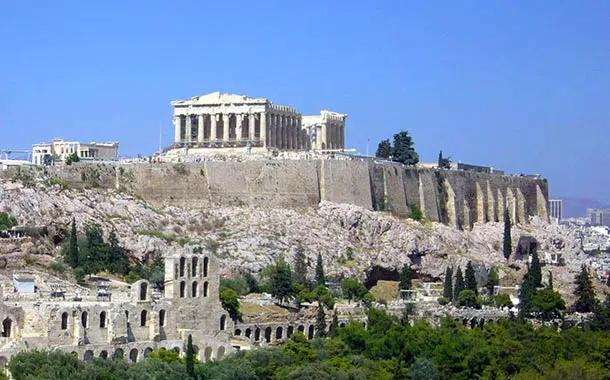
Athens
Many still think of Athens as an ancient city that thrived two and a half thousand years ago. Its symbol is the mighty Acropolis, which dominates almost every view and the itinerary of every visitor, and it is crowned by the iconic Parthenon, which rises above the city, overlooking the sprawling and evolving modern metropolis.
Many still think of Athens as an ancient city that thrived two and a half thousand years ago. Its symbol is the mighty Acropolis, which dominates almost every view and the itinerary of every visitor, and it is crowned by the iconic Parthenon, which rises above the city, overlooking the sprawling and evolving modern metropolis.
Perhaps the most significant change is in the historical centre, which is almost unrecognisable since cars have been banned. This has liberated the area with the most significant archaeological sites, creating the longest, and undoubtedly one of the most splendid, pedestrianised zones in Europe. This huge archaeological park has brought past and present together, returning the cultural and social life of the city to the area around the ancient monuments and surrounding neighbourhoods.
Athens remains a city of contradictions; it is both frustrating and seductive. It is the oldest city in Europe, yet still in a state of transition. It is one of the safest and most vibrant European cities - an intoxicating mix of grunge and grace with an undeniably urban soul.
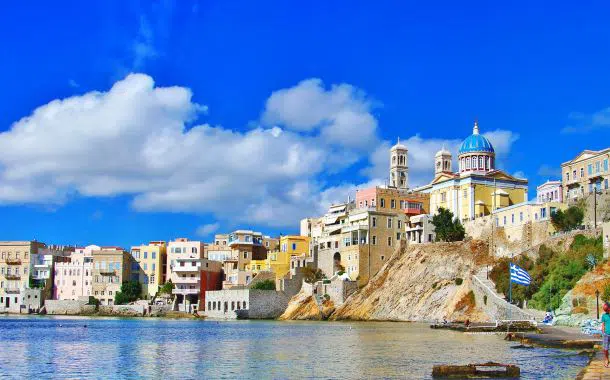
Syros
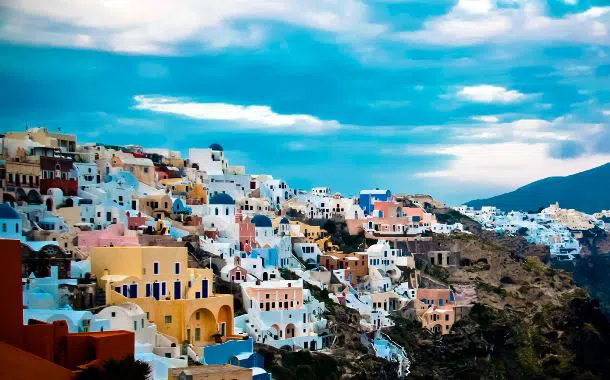
Santorini
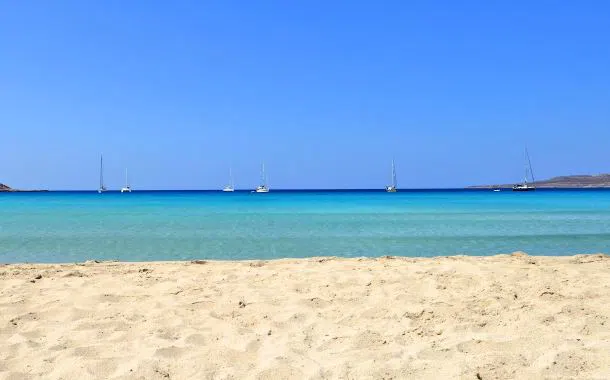
Monemvasia
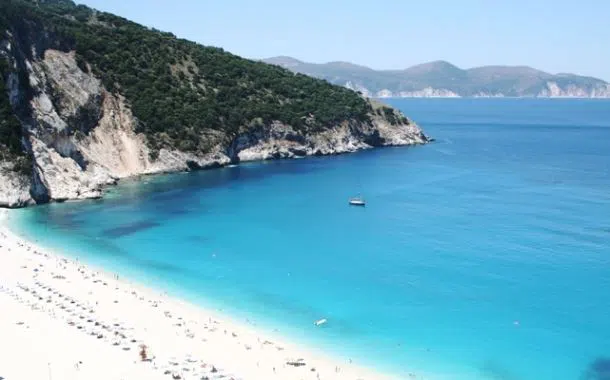
Argostoli
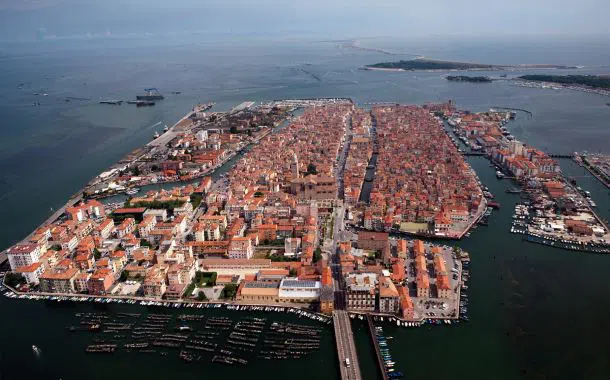
Chioggia
Located in the province of Venice, its population of just more than 51,000 inhabitants and recently declared as the city of Venezian art. This locality is surrounded by the sea and lively canals is considered a small Venice. A beautiful historic city with charming beaches, Chioggia is a real jewel of the Venice lagoon.
While you are strolling through the narrow streets, you will admire the charm and beauty that the city offers: Venetian-style buildings overlooking the canals, typical imbarkation with particular colorful sails, churches, museums and monuments. It almost seems as if you are coming back in time, at the time of the Doges of Venice.
One of the features of Chioggia is the presence of the University of Padua's marine biology studies and the Museum of Adriatic Zoology. On the island you can also find numerous monuments, such as the church of Sant'Andrea, built in 18th century, and Roman tower (also known as ancient clock tower), about 30 metres high, designed by Giovanni Dondi. Ponte Vigo, built in 1685, is different from the others because of its suggestive dimension. At the end of Venenzian lagoon lies the historic centre.
The museum of San Francisco, located in the homonimous church, hosts old files that reveal the historical passages of the island, documenting the historical, environmental and social development of the area.
Chioggia is a coastal island in northern Italy in the province of Venice. An original city, its narrow streets, all perpendicular to the piazza, suggest a fish-bone shape. For this peculiarity it is given the nickname 'Little Venice'.
Its main economic source is fishing. Other important economic resources are tourism and the production of roses and radicchio.

Chioggia
Located in the province of Venice, its population of just more than 51,000 inhabitants and recently declared as the city of Venezian art. This locality is surrounded by the sea and lively canals is considered a small Venice. A beautiful historic city with charming beaches, Chioggia is a real jewel of the Venice lagoon.
While you are strolling through the narrow streets, you will admire the charm and beauty that the city offers: Venetian-style buildings overlooking the canals, typical imbarkation with particular colorful sails, churches, museums and monuments. It almost seems as if you are coming back in time, at the time of the Doges of Venice.
One of the features of Chioggia is the presence of the University of Padua's marine biology studies and the Museum of Adriatic Zoology. On the island you can also find numerous monuments, such as the church of Sant'Andrea, built in 18th century, and Roman tower (also known as ancient clock tower), about 30 metres high, designed by Giovanni Dondi. Ponte Vigo, built in 1685, is different from the others because of its suggestive dimension. At the end of Venenzian lagoon lies the historic centre.
The museum of San Francisco, located in the homonimous church, hosts old files that reveal the historical passages of the island, documenting the historical, environmental and social development of the area.
Chioggia is a coastal island in northern Italy in the province of Venice. An original city, its narrow streets, all perpendicular to the piazza, suggest a fish-bone shape. For this peculiarity it is given the nickname 'Little Venice'.
Its main economic source is fishing. Other important economic resources are tourism and the production of roses and radicchio.
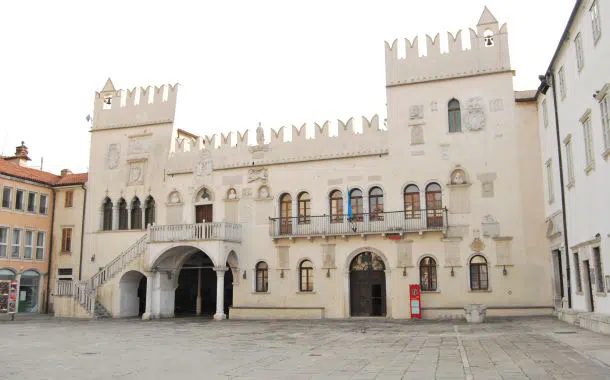
Koper
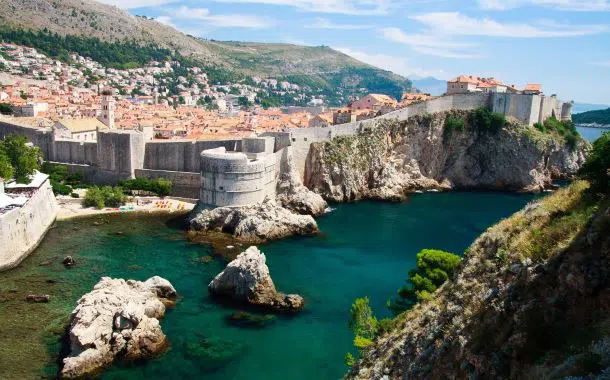
Split
Split (in Croatian Split, in Dalmatian Spalatro, in Ancient Greek Ασπάλαθος Aspálathos) is a city in Croatia, capital of Split-Dalmatian region, the principle center of Dalmatia and, with its population of 178,192 inhabitants (in 2011), is the second largest city of the country. Split is also an university and religious center.
The name of the city derives from the thorny broom, a very common shrub in the region, that in ancient Greek was called Aspálathos (Aσπάλαθος). Under the Roman Empire, the city was called 'Spalatum' and in the Middle Ages 'Spalatro' in the Dalmatian language. In the Slavic language it is called 'Split' while in italian 'Spalato'. In the early XIX century, the name became 'Spljet' and then returned to the form 'Split' again.
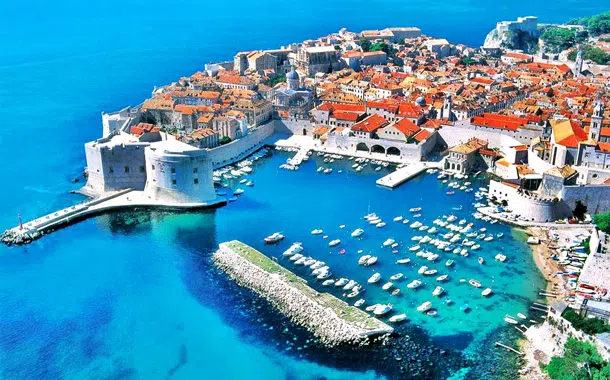
Dubrovnik
Dubrovnik is definitely special. A magnificent curtain of walls surrounds marble streets and Baroque buildings, which give off a pearly light in the Adriatic sunshine.
Picturesque and artistic, Dubrovnik is a tourist hotspot and port in southern Dalmatia, at the foot of the Srđ mountain. From a historical and cultural point of view, it has been included in the list of UNESCO World Heritage Sites.
Thanks to its beauty and everything it has on offer for tourists, Dubrovnik is one of the most attractive destinations in the Mediterranean, so much so that the city can be visited all year round. In addition to its world-famous architectural heritage, this place has beautiful rocky beaches, pebble beaches and sandy beaches, enjoys a Mediterranean climate and also has lush vegetation. The main pedestrian street, Placa, is a melange of cafes and shops with monuments at each end.
Churches, monasteries and museums adorned with finely carved stone, recall an eventful history and a rich artistic tradition. Beyond the city there is a paradise of beaches, wooded peninsulas and a crystal-clear sea dotted with lush islands.
The city is also known for its delicious cuisine and its infrastructure of hotels for tourists. The city offers a wide selection of first-class restaurants, numerous sport and leisure activities, as well as cultural and entertainment events
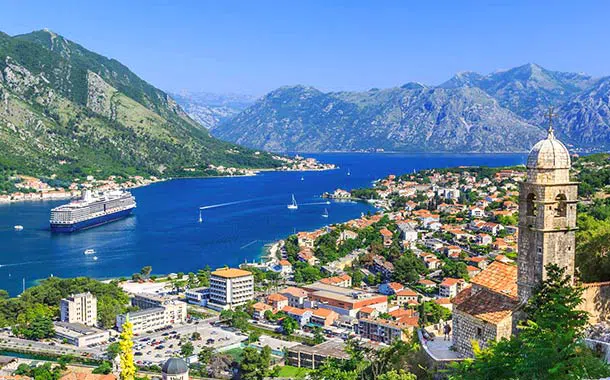
Kotor
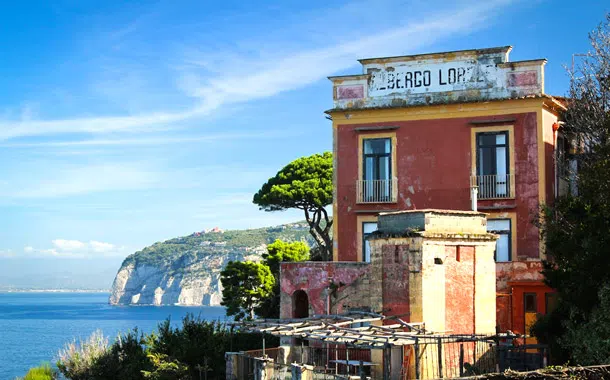
Sorrento
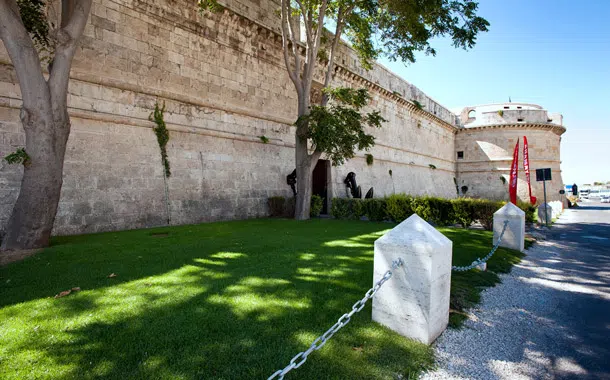
Civitavecchia
The port town of Civitavecchia is about an hour away from the Italian capital and is where ships will dock before bringing lucky holidaymakers into the city of Rome. It is an important port for cruise ships and ferries, connecting to Corsica, Sardinia and Barcelona. Civitavecchia is a town in the heart of Lazio. It is a small, sleepy town that overlooks the sea from behind the busy and chaotic commercial port.
Spreading out along the coast, the town is situated between the Mignon river to the north and the Marangone river to the south.
Civitavecchia is a port town in the heart of Italy, in the province of Rome, 80 kilometres northwest of the capital.
It is shrouded in art and history, and is rich in bays and coves with sandy and rocky beaches. Today the town is the departure point for many cruises and journeys around the Mediterranean. It is an excellent tourist destination where you can simply enjoy 'la dolce vita' or visit the amazing historical monuments. On a level with the majestic ancient capital, in terms of its monuments, gardens, villas and works of art, it also gives you easy access to the Tyrrhenian Sea, the Terme della Ficoncella, and the Etruscan ruins.
Civitavecchia will guarantee you an original and enchanting experience.
